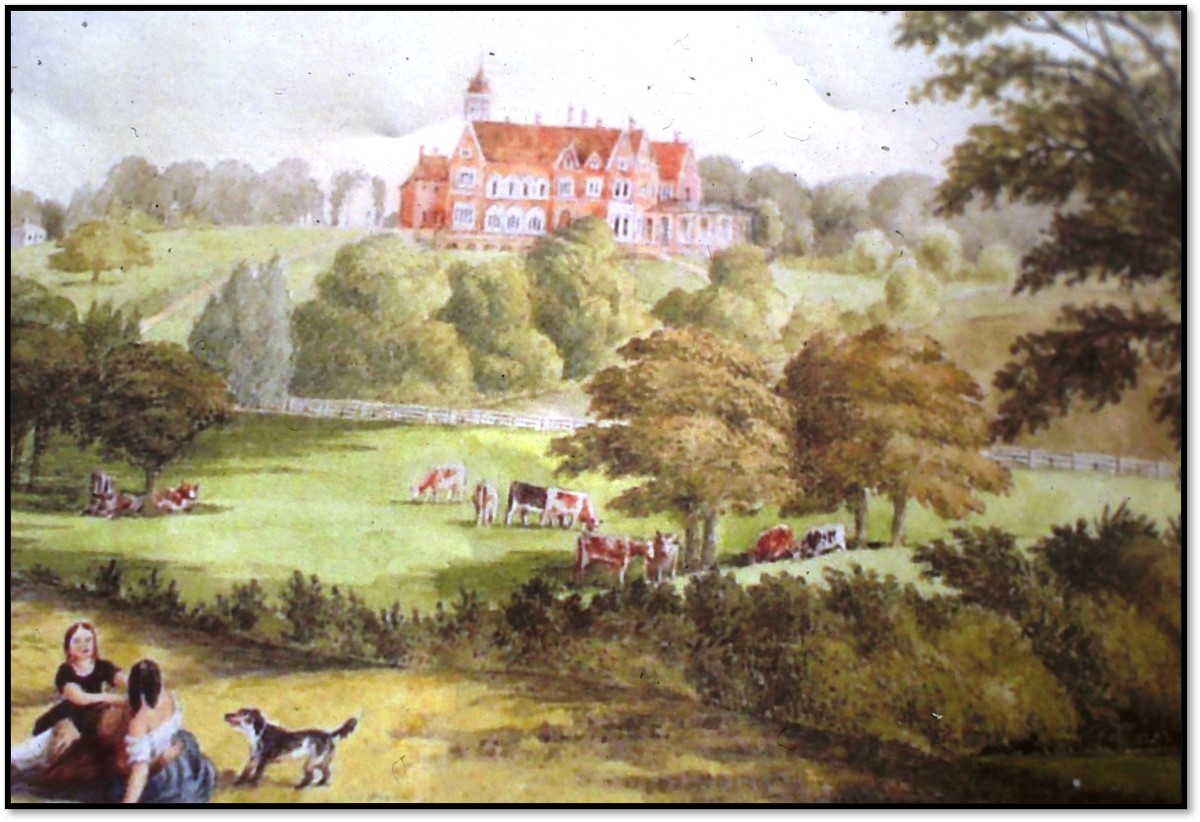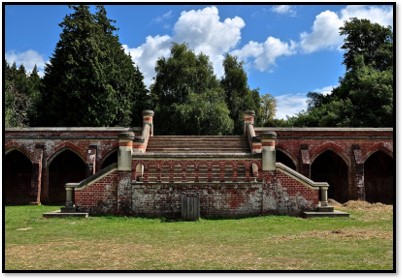With the building of the Stone mansion in 1863 the whole balance to the designed landscape under Staunton was changed. The northern Pleasure Grounds became the focus of the estate, with the southern part given over to a series of working landscapes, centred around the walled garden and complex of glass houses and of course a working farm.
The approach to the landscape was one of domination, with the Victorian mansion towering over the lawn and lake. It was openly visible from its surroundings, unlike the Staunton house which was only revealed through unfolding views between shrubbery and flower garden.
The Staunton overlay on the lawns overlooking the lake was replaced by the Stone Pleasure Grounds set around the mansion, with significant new planting of trees and shrubberies.
With the lake now the principal feature and point of focus within the landscape, the ornamental lawns, originally designed by Staunton to reveal gradual views of the lake, were cleared to open up views across the sweeping lawns.
A ‘Broad Terrace Walk extending the whole length of the Drawing Room front’ was built to facilitate this. Planting associated with the new Avenue screened out views of Beacon Lawn. This planting together with the new ‘Conifer Ground’ on the south view of the lawn, effectively channelled views from the house towards the Lake and Havant Thicket beyond.




